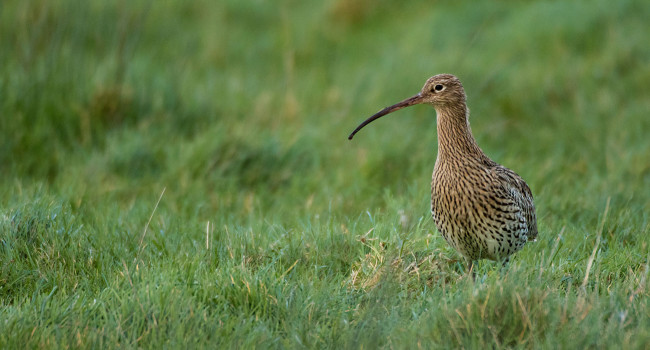The value of a random sampling design for annual monitoring of national populations of larger British terrestrial mammals

Author(s): Wright, L.J., Newson, S.E. & Noble, D.G.
Published: January 2014
Journal: European Journal of Wildlife Research Volume: 60
Digital Identifier No. (DOI): 10.1007/s10344-013-0768-x
Mammals are an important part of the UK’s biodiversity but can be difficult to monitor, requiring special surveys to determine their distribution or how their populations are changing over time. However, some widespread and easily detected species, such as deer, rabbits and squirrels, can be monitored as part of bird surveys.
Volunteer birdwatchers taking part in the Breeding Bird Survey have been recording mammals alongside birds since 1995. Now BTO scientists have used these data to investigate national and regional population changes of nine common species.
Populations of four deer species (Roe Deer, Reeves’ Muntjac, Fallow Deer and Red Deer) all increased between 1995 and 2012. This is of concern given that increased deer browsing in woodland can reduce the vegetation understorey and impact negatively on other wildlife. In contrast, Rabbit numbers declined by 48% over the same period, following a large increase prior to 1995 (as revealed by other studies). There are fascinating regional differences in the trends for some species; Brown Hare populations declined by 50% in Northwest England but increased by 70% in the East Midlands. A significant increase in non-native Grey Squirrel numbers in Northwest England may be of concern because of their potential impacts on native Red Squirrels that are now largely confined to Scotland.
The study highlights the value of the BTO’s network of volunteers for monitoring groups other than birds. The species covered include some rapidly spreading invasive non-native species, and others that are of conservation concern. Many important conservation questions could be investigated in future using this valuable long-term dataset.








Share this page